For my Beverage Production experiential learning analysis, I wasn’t able to visit a vineyard, so therefore I visited a brewery instead. I decided to visit J.J. Bitting Brewing Co. located at 33 Main Street, Woodbridge NJ. J.J Bitting Brewing is a restaurant, as well as a brewery for almost 20 years, it opened in 1997. The brewer, his name was mike showed me just about the whole brewing process during my visit to J.J. Bitting Brewing Co. Mike started off by showing me the 3 vessels that are located in the 3rd floor of the restaurant. Those 3 vessels are the Mashtun, which is the sweet liquid called Wort, is extracted from the malted barley. The sweet Wort is then boiled in the Kettle for an hour and bittered with hops. After the boil, the bittersweet liquid is cooled and transferred to the fermentation room. And the 3rd vessel that is one the 3rd floor is the hot liquor which basically is a hot water tank. I was told “liquor” means water in the brewing process so basically the hot liquor is a hot water tank. The Brewer mike also mentioned, they use a 10-barrel system, which equals 310 gallons because one barrel is equivalent to 31 gallons.
The different combination of different barley makes the different types of beers. As well as the different hops that gets added in to different beers to make beers smell and taste different. IPA beers tend to be more bitter because they have more hops
The brewing process over at J.J Bitting Brewing begins off by weighing out and milling the malt. The crushed malt is then mixed into the mashtun. After all of its valuable starch and enzymes are extracted, which causes conversion of starch to sugar. Next stop is boiling the malted barley in the kettle. The barley and heat started as a starch mix which then gets converted into sweet water. The wort is boiled at 205 degrees Fahrenheit, for a minimum time of one hour. During this time is when the hops will be added. Hops is what gives off the bitterness as well as the flavor and aroma to the brew. It also depends on when you add the hops into the boiling kettle, it could either be in the beginning which will result in more bitterness, hops added near the end of the boil will result in more flavor and aroma.
After the wort is boiled in the kettle, it is cooled down to about 66 degrees Fahrenheit through heat exchangers as it makes its way down to the fermentation tanks. After fermentation the liquid is then transferred into serving tanks which is about the size of 19 full size kegs.
Some additional information about brewing that mike told me was: it takes about 7 hours to complete a brewing process, 80% of brewer’s job is cleaning. He mentioned to me it is very important to always clean the vessels and hoses. Yeast which is a living organism, can get infected if the tanks aren’t clean. Mike also mentioned to me he brews about once or twice a week. Over at J.J Bitting Brewing they have about 7 different types of beer mostly ales and some lagers. I sat down at the bar at the end of my tour and had two glasses of their Victoria golden ale. The Victoria golden ale is one of their lightest beers, it is lightly hopped with German varieties and has a dry, clean finish.
Reference
- JJ Bitting’s 15th Anniversary Party is now a CAKE BOSS Episode!! (n.d.). Retrieved May 18, 2017, from http://www.njbrewpubs.com/index.html
MacNeil, K. (2015). The wine bible. New York: Workman Publishing Co.

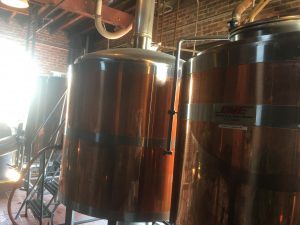

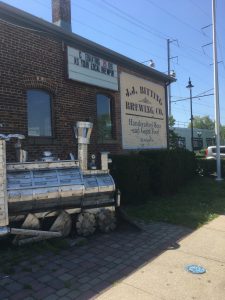
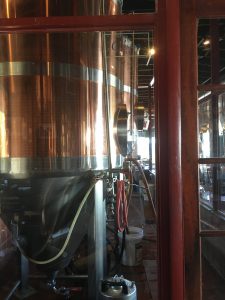
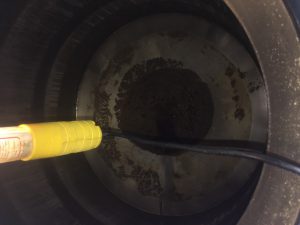
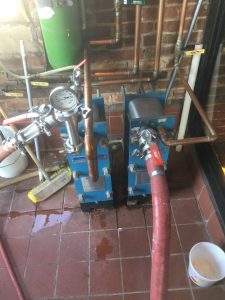



You covered the information about adding hops well.